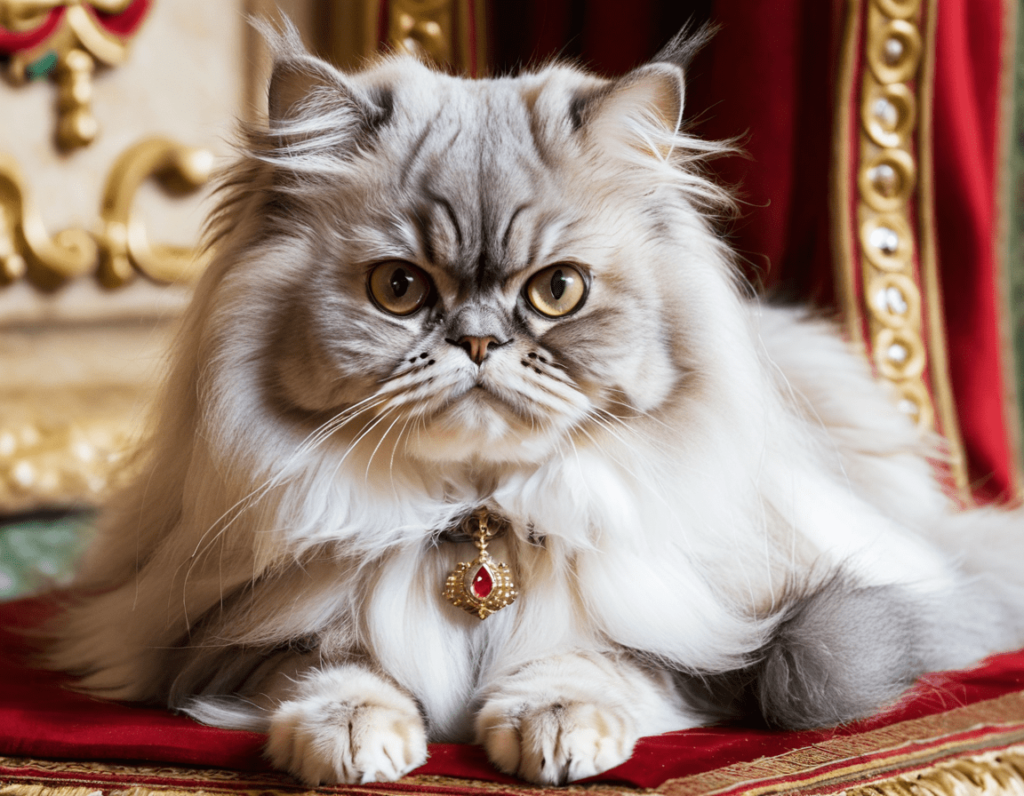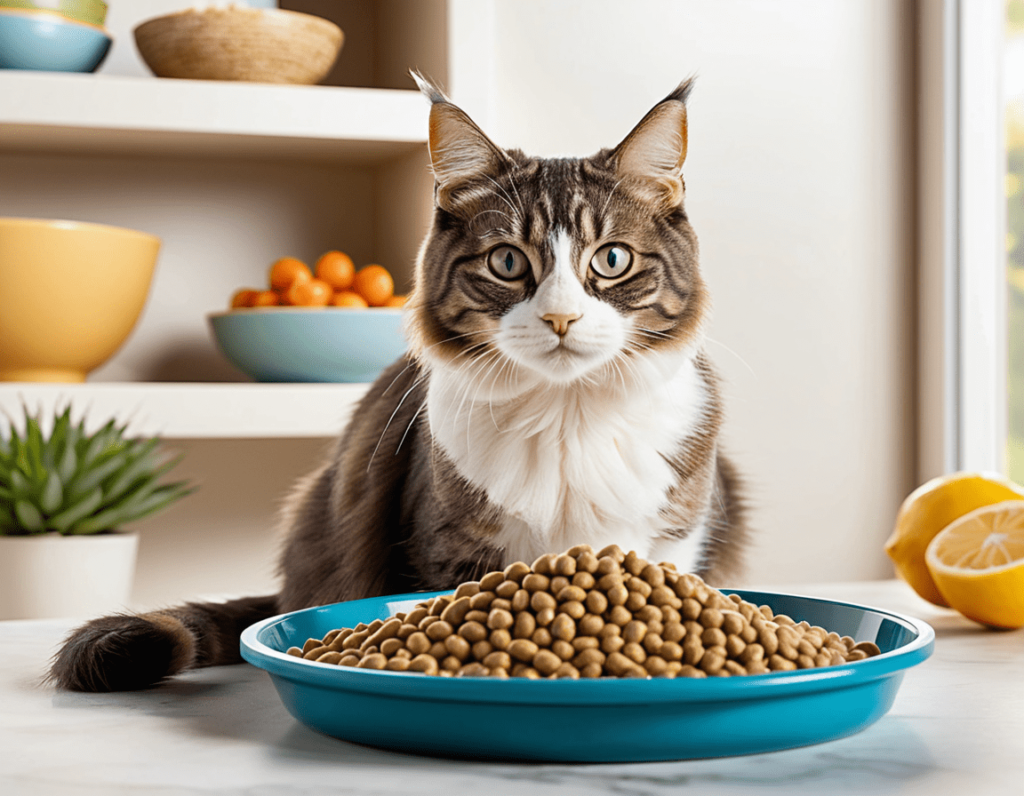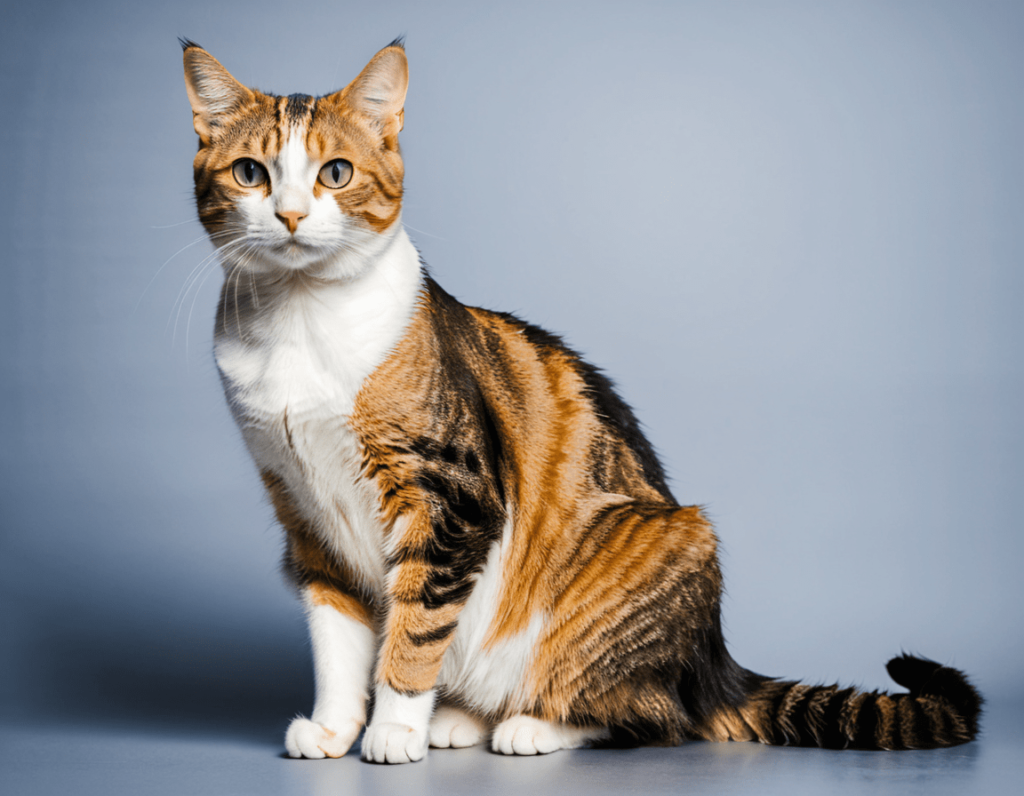
If you’ve ever had a cat, you know they can be a bit mysterious. One moment, they’re purring like little engines, and the next, they’re giving you the cold shoulder, like they’re offended you exist. But don’t worry, your cat isn’t secretly plotting your downfall (well, not always). They’re just communicating with you in their own way. Welcome to the world of cat body language!
Cats are expert non-verbal communicators. They don’t use words, but their bodies speak volumes. If you pay close attention, you’ll start to understand their needs, emotions, and desires. Whether it’s showing affection, signaling discomfort, or simply trying to tell you they need more treats (which is always the case), here’s a fun and simple guide to interpreting your cat’s body language.
1. The Tail Tells All
If there’s one thing that gives your cat away, it’s the tail. Whether it’s flicking, twitching, or standing straight up, your cat’s tail can reveal everything from curiosity to irritation.
- Tail Up: If your cat’s tail is standing tall and straight, this is generally a sign of happiness, confidence, and contentment. It’s like the cat version of walking with their head held high, strutting through the living room like they own the place (which, of course, they do).
- Tail Flicking or Twitching: If the tail is flicking rapidly, your cat might be annoyed or agitated. This is often seen when they’re watching something intently, like a bird outside the window, or when they’re getting a bit too much attention from you.
- Tail Between Legs: Uh-oh, if your cat’s tail is tucked between their legs, they’re feeling scared, stressed, or anxious. It’s their way of saying, “Please don’t hurt me!” or “I didn’t mean to knock that over, I swear!”
2. Ears That Speak Louder Than Words
Your cat’s ears are constantly on the lookout for any new sounds (because, let’s face it, they’re probably waiting for the sound of the can opener).
- Ears Forward: When your cat’s ears are pointed forward, it means they’re curious, happy, and engaged. They’re paying attention to you or something happening around them—possibly plotting their next move in the game of “I’ll Ignore You Until You’ve Got My Favorite Treat.”
- Ears Back: If your cat’s ears are flattened back against their head, this is a sign of irritation or fear. They may be getting defensive, so you might want to back off if you see those ears laying flat. Either that, or your cat just doesn’t like the music you’re playing.
Ears Swiveling: Cats have an impressive range of ear movement. If your cat’s ears are swiveling around, they’re listening carefully to multiple sounds around them—like deciding whether that new noise is a potential threat or just the annoying sound of your vacuum.
3. The Eyes Have It
A cat’s eyes are like windows into their soul—just with a bit more “I’ll-judge-you” energy. Pay attention to their pupils to understand their mood.
- Dilated Pupils: If your cat’s pupils are wide and dilated, they might be excited, startled, or even a little freaked out. They can also dilate when they’re feeling playful and ready to pounce on whatever moves.
- Narrowed Eyes: When a cat narrows their eyes, they might be feeling content or relaxed. This is like the feline equivalent of a smile. Sometimes, they might even blink slowly at you, which is their way of saying, “I trust you” (and also, “Please pet me”).
- Staring: Cats are known for giving long, intense stares. If your cat stares at you and doesn’t look away, it could be a sign that they’re feeling bold or assertive. But don’t worry, they’re not angry—unless you’ve just ignored them for too long.
4. Posture: What Does Their Body Say?
Your cat’s body position can tell you whether they’re in a relaxed mood or preparing to pounce.
- Curled Up or Lying on Their Side: If your cat is curled up in a ball or lying on their side, they’re feeling safe, relaxed, and comfortable. It’s like their version of saying, “I trust you completely,” and is often seen when they’re taking a nap.
- Stretching: Stretching is a common sign of relaxation, and it’s usually followed by a catnap. When your cat stretches, they’re just getting their “stretch on” and making sure they’re limber enough to chase that invisible bug.
- Arched Back: An arched back, especially when accompanied by puffy fur, is a sign that your cat is either frightened or trying to make themselves appear larger. Think of it as their version of a defensive stance. “Back off, I’m not in the mood for cuddles right now!”
5. The Paw Talk
It’s not just the tail and ears that give your cat away—sometimes, it’s their paws doing the talking.
- Kneading: If your cat is kneading you with their paws, that’s a sign they’re feeling safe and affectionate. This behavior originates from kittenhood when they kneaded their mother’s belly for milk. So, when your cat kneads you, it’s like they’re saying, “You’re my person,” in the most adorable way possible.
- Pawing at You: If your cat taps or paws at you, they might be asking for attention, food, or perhaps just a little playtime. It’s their subtle (or not-so-subtle) way of saying, “Hey, human, I need something!”
6. The Meow: Sometimes They Actually Do Talk
Cats can be pretty vocal creatures, but don’t expect them to hold long conversations—unless you’re dealing with an extremely chatty cat who has a lot to say. Here’s what their meows might mean:
- Short Meow: This is a casual greeting, like “Hello!” or “Where’s my food?”
- Long, Persistent Meow: When your cat meows for a while, it’s a request—usually for food or attention. It’s like a feline version of nagging, but in a way that’s hard to resist.
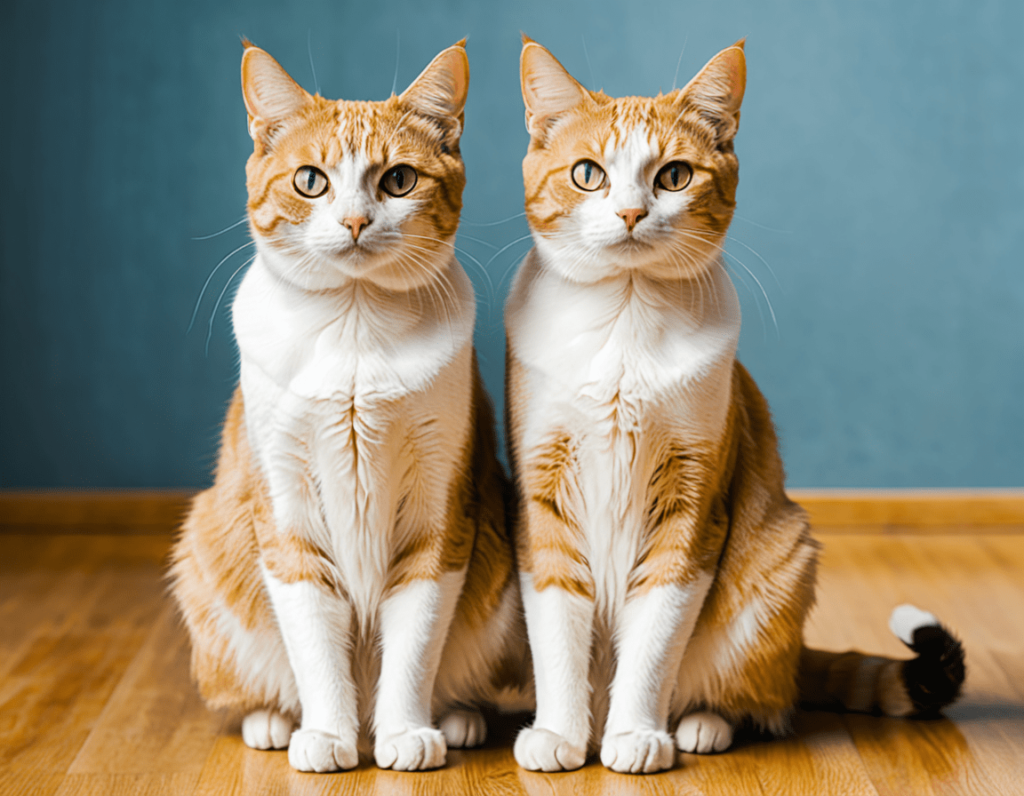
7. The Final Word on Cat Body Language
Understanding your cat’s body language takes time, but once you start to notice the little cues, you’ll have a much better idea of how your cat is feeling. And while they might not ever sit down and have a conversation with you, their tail, ears, eyes, and even their meows will keep you in the loop.
So next time your cat gives you that side-eye or flashes a belly for a belly rub, you’ll know exactly what they’re trying to say. Just remember, if their tail is twitching, maybe it’s best not to push it too much.
8. Final Thoughts on Cat Body Language
In conclusion, decoding your cat’s body language is like becoming fluent in an unspoken language. Sure, it might take a little time to get the hang of it, but once you do, you’ll be able to respond to your feline friend’s needs with ease. Whether they’re showing affection, signaling distress, or simply asking for their 10th nap of the day, understanding their behavior will only strengthen your bond.
Just remember, cats are masters of subtlety. They may not always meow their feelings at you (although, some will definitely try!), but their body language is loud and clear. So next time your cat gives you the cold shoulder (tail tucked, ears flattened), just give them a little space. Or, if they’re curled up on your lap, take it as a compliment—they trust you enough to let you be their personal heater.
So, in the end, if you learn to speak “Cat,” you’ll always be in tune with your feline companion’s moods—and maybe, just maybe, you’ll start to understand that mysterious look they give you when they stare deep into your soul.
FAQs: about Cat Body Language
Q1: What does it mean when a cat’s tail is twitching?
Answer: When a cat’s tail is twitching or flicking, it usually indicates that they’re agitated, frustrated, or excited. It can happen when they’re focused on something like a toy, a potential prey, or even just during a play session. If the twitching is intense, it may also suggest irritation, so approach them gently.
Q2: How can I tell if my cat is happy?
Answer: A happy cat will have their tail held high, ears forward, and eyes relaxed (sometimes even with slow blinks). They might also knead on soft surfaces, purr loudly, or follow you around. Basically, if they’re relaxed and affectionate, it’s a good sign they’re content.
Q3: Why does my cat suddenly puff up like a balloon?
Answer: That sudden puffiness is your cat’s defense mechanism. When they feel threatened or scared, they’ll arch their back, puff up their fur, and look larger to intimidate the potential threat. It’s their way of saying, “I’m not afraid to make myself look big!”
Q4: What does it mean when a cat’s ears are flat?
Answer: If a cat’s ears are pinned back flat against their head, they’re likely feeling threatened, anxious, or angry. It’s a sign they’re not happy about something happening around them. In these cases, it’s best to give them some space and let them calm down.
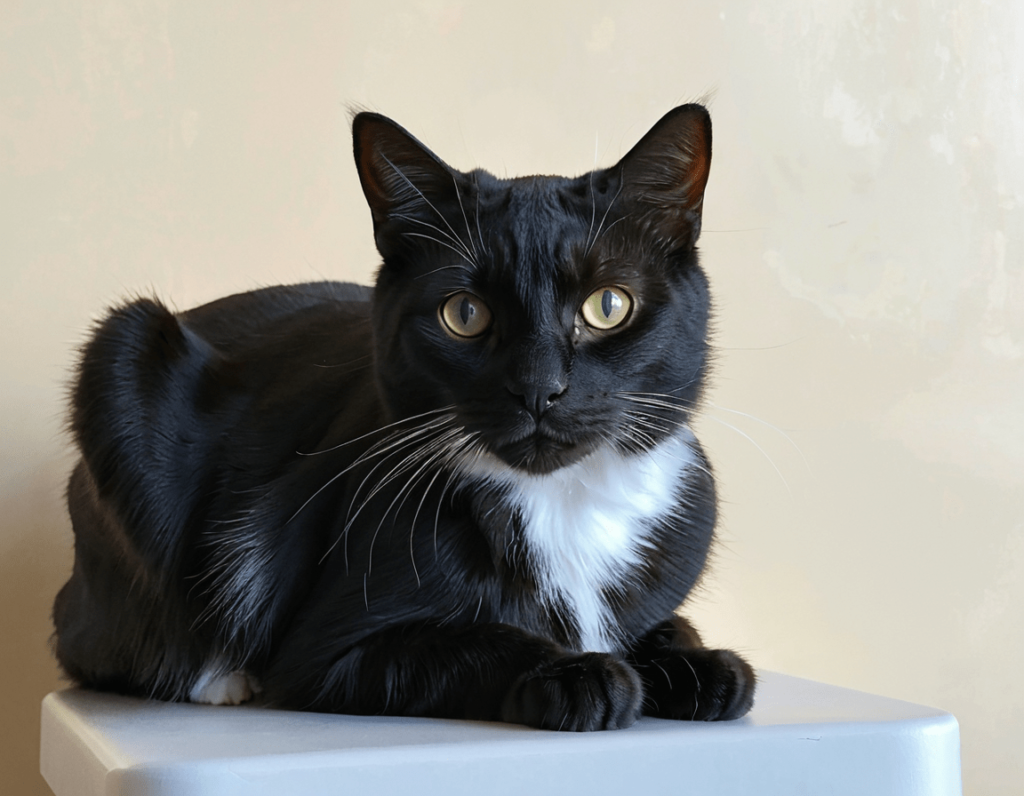
Q5: Why do cats knead with their paws?
Answer: Kneading is a comforting behavior that stems from kittenhood. Cats knead on their mothers to stimulate milk production, and as adults, it’s a sign they’re feeling safe and relaxed. So, if your cat is kneading you, consider it a compliment—they trust you!
Q6: What does it mean when my cat stares at me?
Answer: If your cat stares at you without blinking, it could mean they’re asserting dominance or showing curiosity. But if they slowly blink at you during the stare, that’s their way of saying, “I trust you”—it’s like a cat kiss. So, if they’re giving you those slow blinks, return the favor!
Q7: Why does my cat flick their tail when they’re sitting still?
Answer: If your cat is sitting still and their tail is flicking gently, it usually means they’re in deep thought or concentrating on something, like watching a bird outside the window or listening to a noise. If the flicking is rapid, it could mean they’re irritated or frustrated.
Q8: How can I tell if my cat is in pain or discomfort?
Answer: Cats in pain often exhibit certain behaviors like avoiding touch, a lack of grooming, limping, or hiding away more than usual. Their body language might change, such as tense posture or an arched back. If you suspect your cat is in pain, it’s a good idea to get them checked by a vet.
Q9: Why do cats show their belly?
Answer: When a cat shows you their belly, they’re actually showing trust. It’s a vulnerable position for them, so if they expose their belly to you, it’s a sign that they feel safe with you. However, be warned: not all cats enjoy belly rubs, and some may quickly turn that trust into a warning swipe if you’re not careful!
Q10: What does it mean when my cat makes a "chirping" sound?
Answer: Chirping or chattering sounds are often made when cats are watching prey animals (like birds or squirrels) from a distance. It could be excitement, frustration, or even their instinctive response to prey they can’t reach. Some experts believe it’s a way for cats to mimic the sounds of birds in an attempt to trick them!
Q11: My cat sleeps with their back to me. Does that mean they don’t like me?
Answer: Not at all! When your cat sleeps with their back to you, it’s a sign of trust. They’re in a vulnerable position, and it means they feel secure and safe in your presence. So, don’t feel rejected—they’re just getting their beauty rest with a trusted companion nearby!
Understanding cat body language might feel like decoding a secret code, but with practice, you’ll become fluent in your feline friend’s non-verbal communication. Pay attention to their signals, and soon you’ll know exactly what they’re trying to tell you—whether it’s “Feed me now!” or “I love you!”

